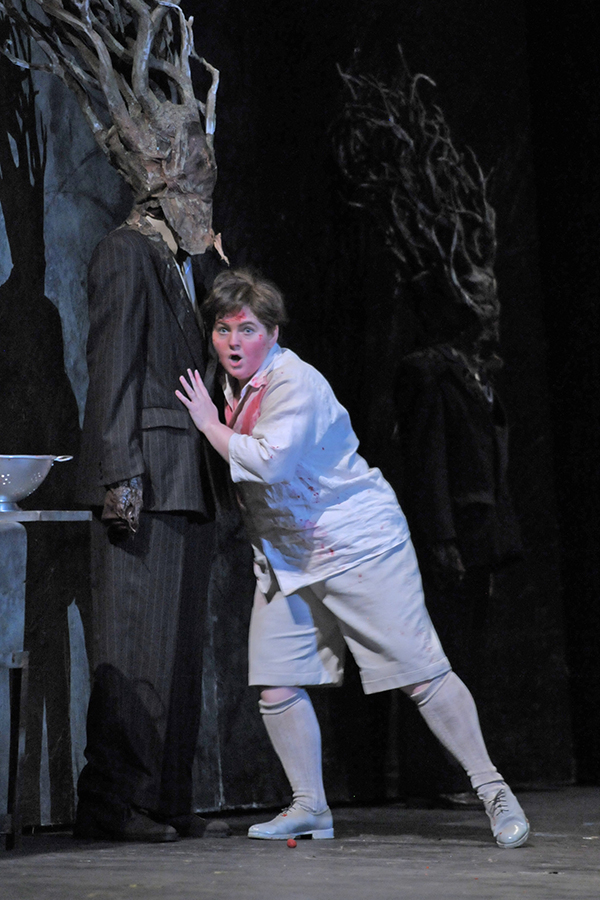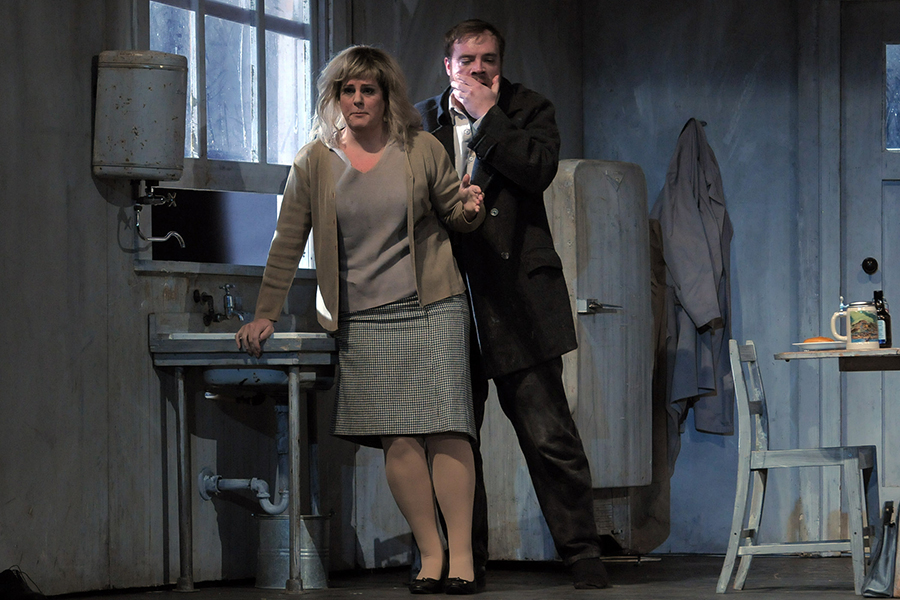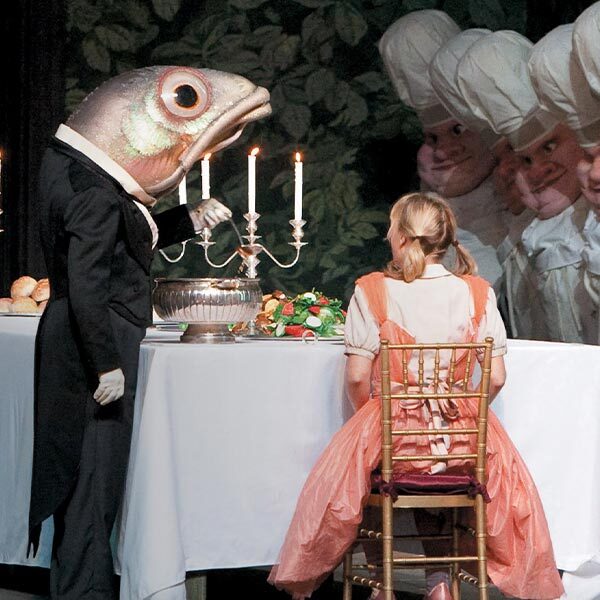January 05, 2023
Hunger and temptation on stage
In this enlightening director's note, revival director Eric Einhorn talks about bringing hunger and temptation to life on stage in Humperdinck's Hansel and Gretel. Experience the twisted fairy tale — based on the beloved story by the Brothers Grimm — January 25 through February 5.
How would you define original director Richard Jones's vision for this piece?
It's a meditation on both the lack and the overabundance of food, and how people handle both of those situations. It's certainly a dark telling of the story and very much in line with the Grimm Brothers. It has their same undercurrent of darkness, which has lightened a bit in the time since the story was written. Richard deals with the narrative as reality, rather than as a fairytale — but the production still does take us to the psychological root of the fairy tale, on a dark journey through the woods and out again.

Hansel and Gretel Revival Director Eric Einhorn
The stage definitely recalls England post World War II, doesn't it?
Yes, it certainly evokes that time of deprivation. But it's presented by Richard and the designer, John Macfarlane, in a non-literal way, making it easily identifiable and immediate for audiences. A universal visual world.
Hunger really is the operative idea here.
And the opening scene is so much about that. The two children, alone and hungry, are seen in crisis. It's the umpteenth day that they've been left with little or nothing to eat, and that really kicks off everything. It drives these kids to the events of the opera.
The adult singers playing the children move more convincingly than in any other version I've seen.
Richard was adamant about creating very specific physical characterizations of the kids. It's a late child/early adolescent movement, with that awkwardness and self-discovery. Because of their hunger and also because of certain distinct character traits, the kids behave in particular ways. In Richard's concept, Hansel is a very obsessive child, with repetitive gestures and actions with props and doors in the first scene. The character is rooted in this physicality and carries it through the show.

Elizabeth Deshong as the hungry Hansel in Lyric's 2012/13 production of Hansel and Gretel.
What about Gretel?
She's a pre-adolescent witch. During rehearsals for the Met revival, Richard spoke quite a bit about Gretel having powers that she doesn't know what to do with yet. When she finds herself in the Witch's kitchen and witnesses the spells, she immediately takes to them. In this production, the Witch is defeated in a power shift; she's leaving the world, but in her place is Gretel. It's a bit Lord of the Flies — you give children power and what happens? Are we innately good or innately bad? It's a subtle point, but like so much of what Richard does in this production, it gives the performer a real anchor.
Can we talk about the different images of plates, which are so important?
The theme of the show being hunger, there are repetitive images of plates on painted drops: full, empty, broken, and bloody. Their primary task is to mask scene changes, but they're also a way to track the hunger narrative.
What can you tell our audience about the different sets?
All three are versions of the same thing — a room with a sink, a table, and an oven or stove. Here again, this is to drive home the idea of hunger. These kids are in the same situation wherever they go. They are on a journey. But that journey is rooted in their quest for food.

The parents, Julie Makerov and Brian Mulligan, from Lyric's 2012/13 production of Hansel and Gretel.
In the forest scene, this production gives us a very original idea of both the Sandman and the Dew Fairy.
The Sandman is a simple and very old man. He lives in the woods — the kind of guy who just walks his dog through the woods and sells sleep to people who need it. Actually, he's exhausted and can't get any sleep himself. But this is his job! And the Dew Fairy is the young mother that Hansel and Gretel always wanted — your perfect "Donna Reed mom."
And speaking of television personalities — was it intentional to make the Witch a nightmarish version of Julia Child?
Yes, completely intentional. Richard also wanted to play the duality of the Witch — both the sweet lady next door and the villainesse who can turn on a dime. I like to think of her as a pressure cooker, with that intense darkness always bubbling beneath the surface. Sometimes she accidentally lets it out, when she gets a little too excited by the prospect of eating these children. You see her look turn from sweet to disgusting and evil, but then she stifles it because she can't expose that side of herself and still get what she wants.
She also operates out of a spectacular industrial strength kitchen!
The stage looks like a child's birthday party gone crazy, with piles of food, cone shaped paper party hats, and a childlike painted tablecloth—all within a kitchen out of a horror movie. What's amazing about that image is that it makes the point for Hansel and Gretel, but also for us, that we see what we want to see. In this otherwise dark and dirty place is this oasis of sugar — a table full of cake. Our wildest dreams come true.

